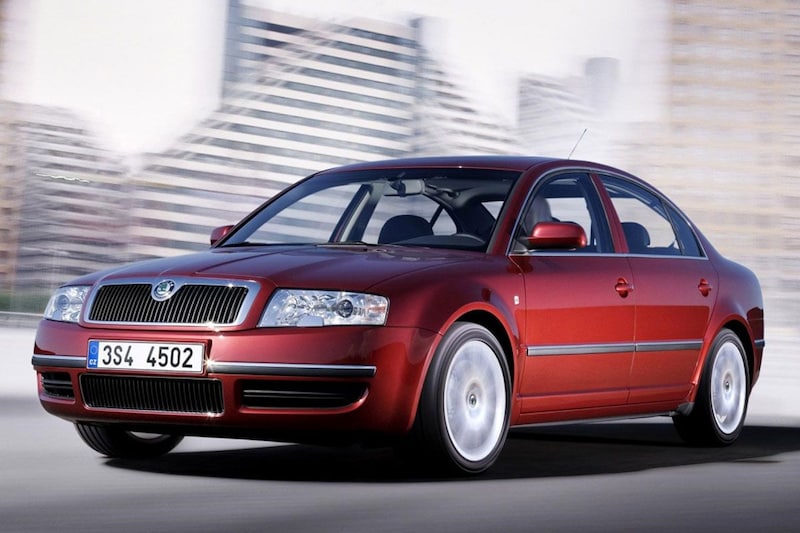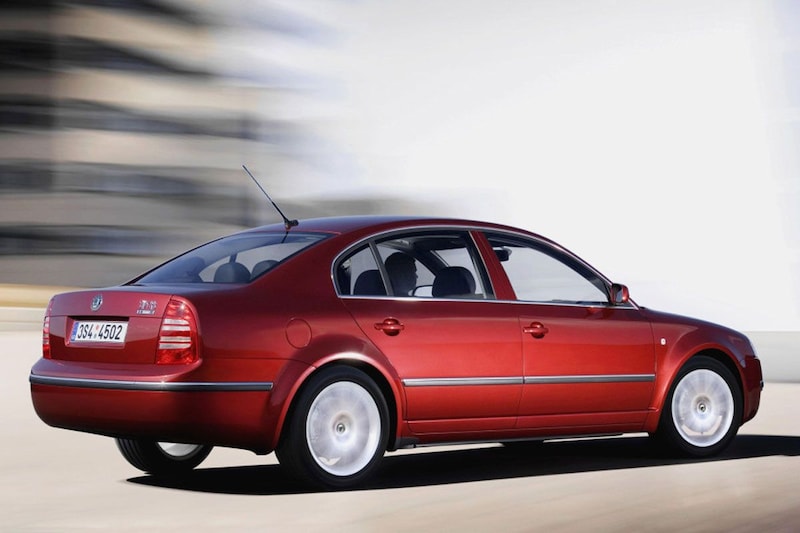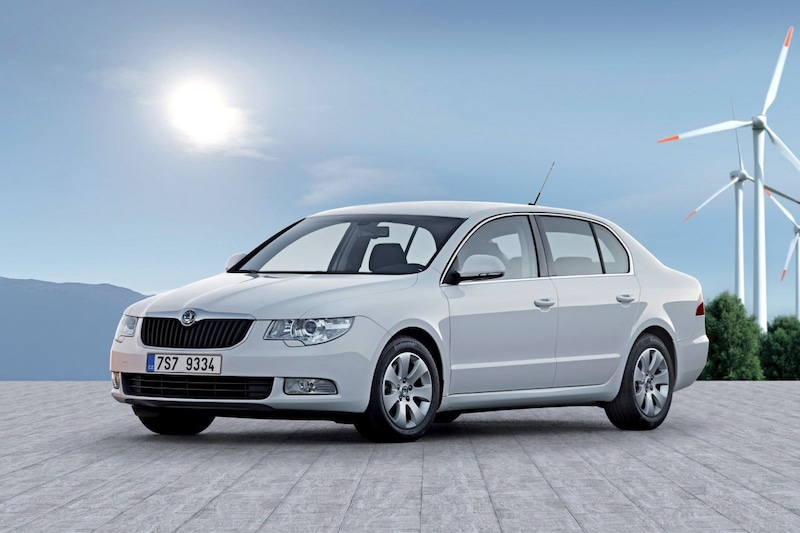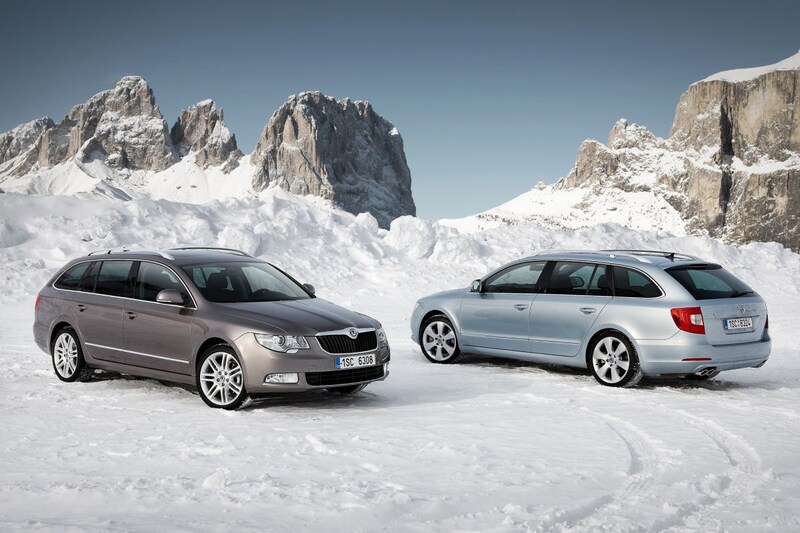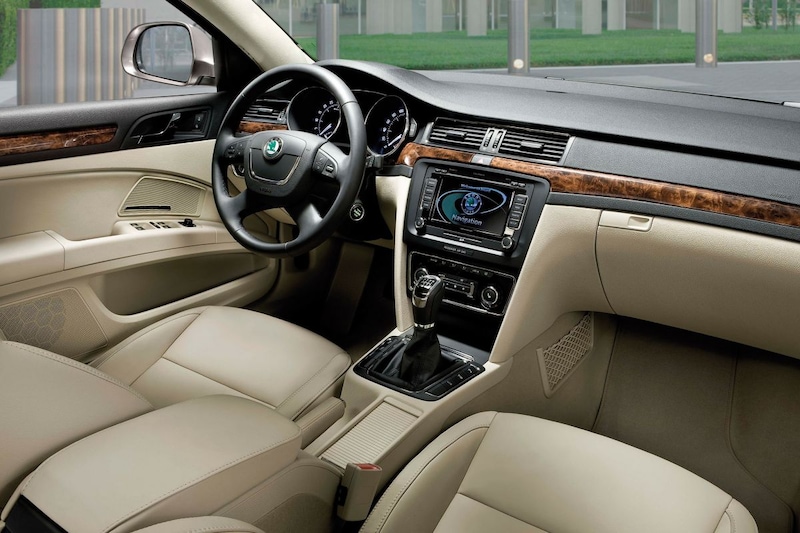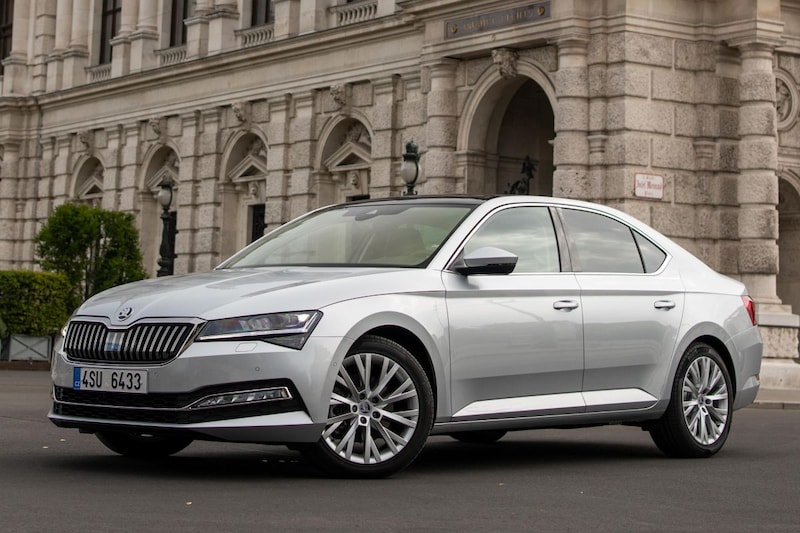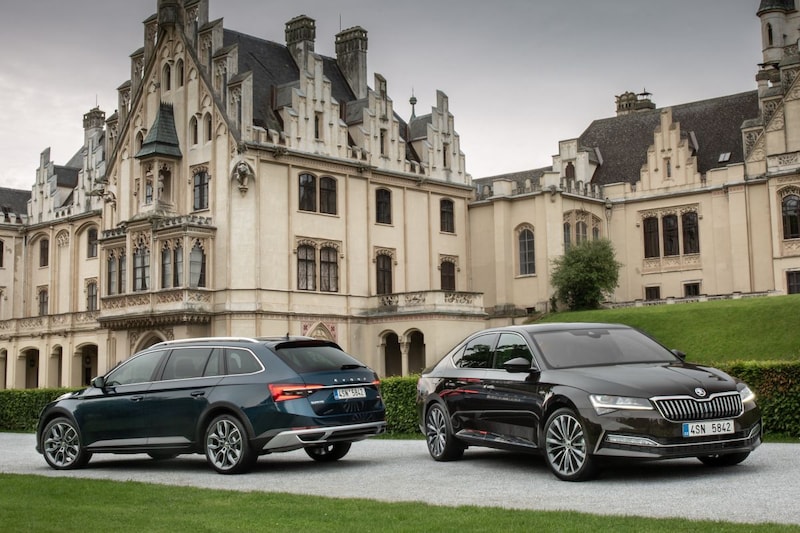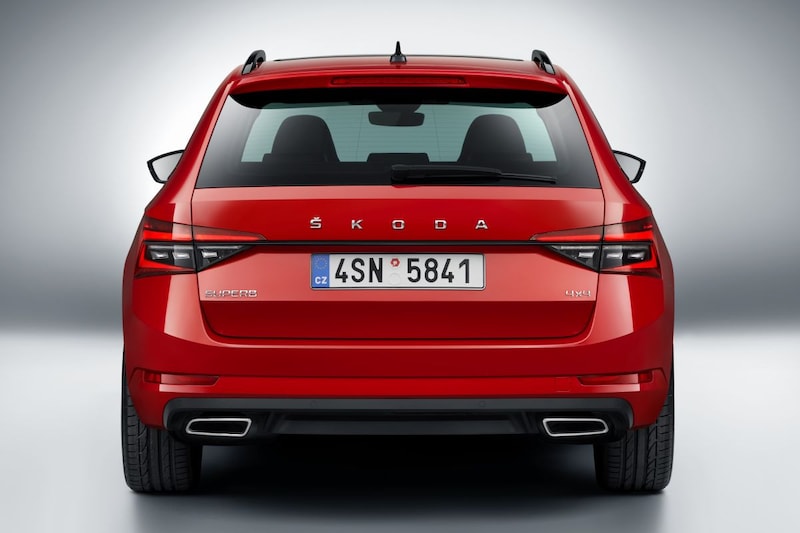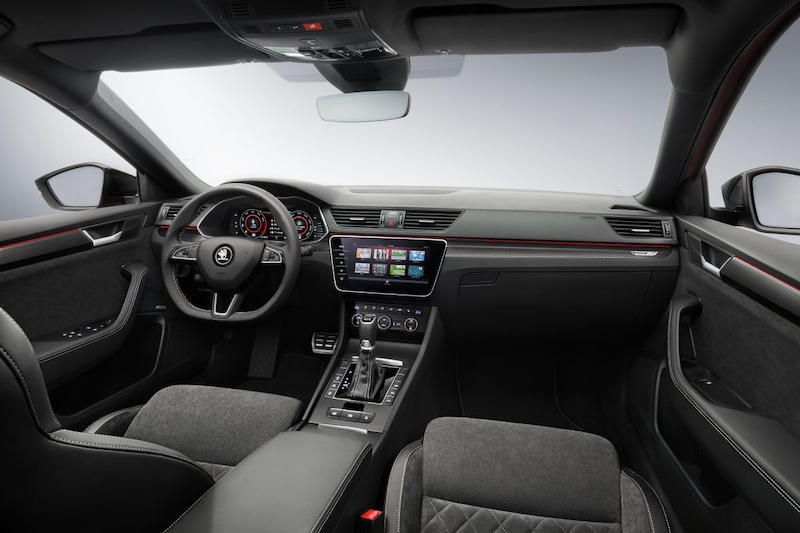20 years ago, Skoda presented a new model with an old name at the IAA in Frankfurt: the Superb. The name seemed a bit pretentious, but the model certainly did no harm to Skoda. Yet it is a party with a light gray edge.
At the beginning of this century, Skoda was still in the process of transition from a somewhat archaic Eastern European brand to a modern major player. A hopeful path had been taken with the Fabia and the Octavia and yet the presentation of the Superb in September 2001 was one that raised eyebrows. Skoda put down a pretty hefty car with a fairly luxurious character and a name that didn’t sound too modest either. The choice for that name was historically justified: Skoda already had a Superb in the 1930s and 40s that led the then range. The modern Superb was given the same task, albeit in a contemporary way.
Under the wings of parent company Volkswagen, Skoda was able to get started with a modern platform that made a large top model possible again. We are talking about a derivative of the B5 PL45 platform, a basis that – contrary to popular belief – is not one to one the same as that of the Volkswagen Passat B5. Although the Skoda Superb was clearly related to the then European Passat, it stood on the longer basis of the Passat B5 L sold in China. A basis that would later also be used for the Volkswagen Passat Lingyu and resulted in a twin brother of the Superb. We went into this in detail before. Due to its different base, the Skoda Superb was 10 centimeters longer than the Volkswagen Passat B5 and would – Volkswagen hoped – fish from another pond. At a relatively favorable price, the Superb offered a considerable amount of space and a luxury experience that in the beginning still felt a bit uncomfortable with Skoda. Leather upholstery and wood inlay and later also the umbrellas that could be conjured up from the doors. The latter was actually a gadget that we only knew from ultra-luxury brands such as Rolls-Royce.

In short, the first Superb was a remarkable story, but as said, this ‘splurge’ Skoda did not cost dearly. The Superb already managed to attract quite a few people to the showroom internationally, although the Passat did not really have a formidable competitor from its own stable. That changed with the second generation of the Superb. It was designed much more quirky than the Passat and that was probably the best change. What also helped was that it was no longer a thoroughbred sedan. The second Superb had a special tailgate that could be opened in its entirety (so with the rear window) and only as a tailgate. What made a much bigger contribution, however, was the arrival of the Superb Combi. With a loading volume of over 600 to more than 1,800 liters, that was quite a pack mule. Where Skoda of the first Superb sold only a few hundred a year in the Netherlands, the second Superb years exceeded 1,000 and in 2011 even 2,841 of them went on Dutch registration. Of course, the Superb had also come into the sights of some taxi companies.

The current Skoda Superb in a sense creeps a bit further away from the car that the Superb once looked like, the Passat. With its razor-sharp lamps at the front and rear, it seems rather as if people in the Czech Republic have just looked over the fence at Audi’s colleagues. Anyone who has confidence in Volkswagen technology, does not want to pay an Audi price and still wants to drive a large car, will quickly end up with the Superb. In its first full year of sales in the Netherlands, Skoda reached a new record with the Superb, selling just over 3,000 of them. However, after 2018 it started to decline and the facelift in 2019 could not prevent sales from declining: 2021 has so far been good for 493 Superbs sold, in 2020, although disrupted by the pandemic, Skoda wore 862.
In short, the Skoda Superb has certainly not turned out to be an empty exercise, although there may now be some difficult times for the flagship. The traditional (large) middle class cars get a lot of blows in the sales figures, with the ‘German three’ as an exception. However, the Superb does not belong to that trio and it is therefore not inconceivable that more and more people – in Europe at least – will ignore the Superb and go for an SUV or go shopping at the more expensive brands. A new Superb has not yet been spotted and although there are reports that a sequel will be in 2023, there is still a nice cloud of uncertainty about the twentieth birthday party. What do you think, what does the future look like for the Skoda Superb? Let me know in the comments.
